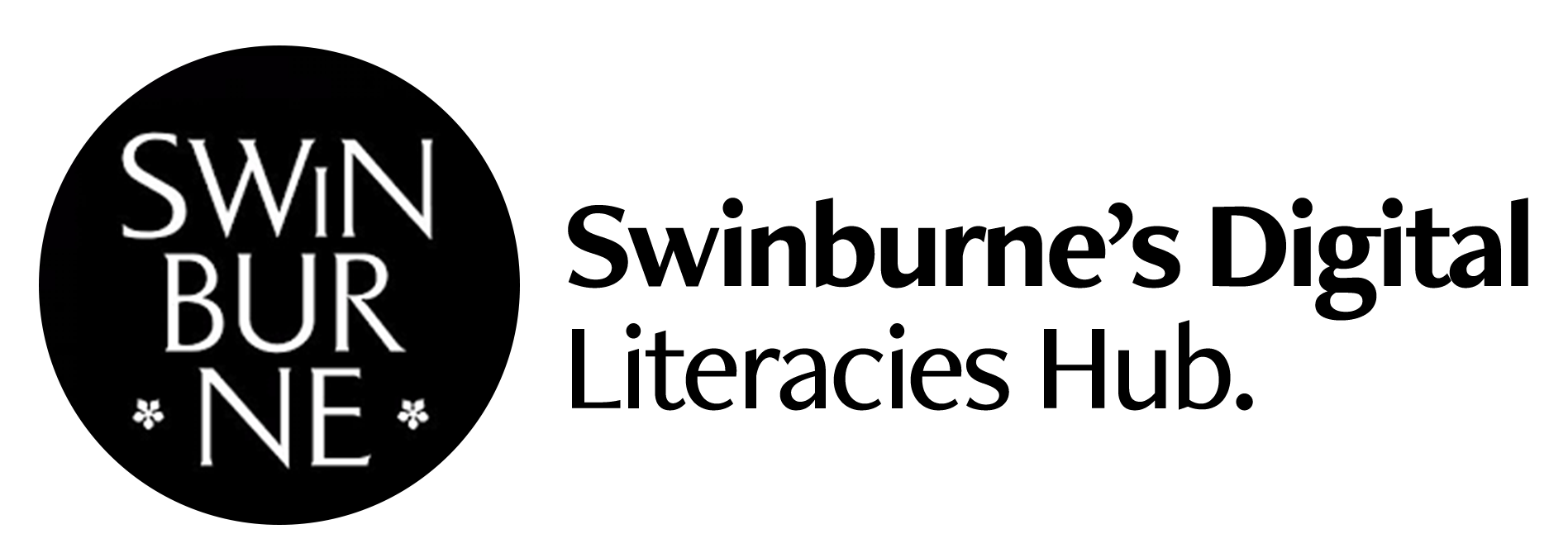Mathematics and Education
Digital storytelling to communicate the relevance of Mathematics.
A partnership between the Mathematics and the Education Departments, this project supports students to create a digital artefact that communicates innovative mathematical ideas to the general public. Focusing on storytelling within STEM, this project takes the form of a competition (“Tell us a Mathstory”) to promote the use of narrative in Mathematics Education as a practice that can change perceptions of Mathematics for learners. Working in cross-disciplinary teams, students will need to tell a convincing story (using digital media) of why this topic is relevant and why it is important to our society.
Resources
The video Digital storytelling in Mathematics was designed to support students in their process of creating a story to communicate the relevance of Mathematics. This video can be used by teachers that are thinking on introducing storytelling in their teaching of Mathematics.
The winning videos, as well as the judging criteria, and other resources such as videos and examples of other resources, can be seen on our webpage.
Student Work:
3. Financial mathematics
Findings
Mathematics
From a Mathematics perspective, the project aimed at engaging students in communicating mathematical ideas effectively through the use of a narrative. The winning videos, in the opinion of the judges, showed topics that were appropriate and relevant, and led the viewers through why Mathematics is important in a clear and concise way.
These outcomes support the nascent literature on the use of narrative in Mathematics Education that points to the potential of storytelling in making sense and communicating meaning of abstract ideas in an effective way.
However, we also found that a university wide competition about mathematics might not be sufficiently engaging for many students. The low participation rate might suggest that students are not intrinsically motivated by such a competition, and that a monetary prize is not enough for them to invest their efforts. Additionally, we found that other factors might have played against greater participation: some institutional blockages to officially broadcast and advertise the competition widely inhibited our ability to innovate; a longer lead in time was needed to establish the competition and “sell” the idea to students, particularly when it was impossible to talk to students face-to-face due to the pandemic; and, the timing of the competition was perhaps not the ideal one because it was just prior to many large assessments.
In spite of these barriers, we found that the winning videos add to a repository of existing and growing number of examples in the public domain that show how storytelling can be used in Mathematics Higher Education, so that future students can more easily create better and more appealing stories about their mathematical experiences.
Education
From an Education perspective, the project aimed at supporting students to develop digital literacy skills and enable them to create a compelling story about Mathematics and its relevance to society.
With the help of an Education student, a video was created to support the students that were thinking of making a submission to the competition. This video was the most popular post of 2020 on the AdobeHub Instagram.
The competition’s winning videos were commended by the judges for their engaging story-telling techniques, their good script, the visual resources used such as animations and imagery, and their “charm”, amongst others.
These findings show that collaborations such as this one between the Departments of Mathematics and Education can produce good results and should be pursued more often.
Reflecting on the issues of low participation, we found that it is very difficult to try and establish a community of practice amongst students across both the Departments of Mathematics and Education when this space has not already been built. Any CoP needs to be student led and needs staff support and time to be created. If we want greater participation, then a competition like this one should be supported by issues that students see value in, e.g., embedding video-making activities in the assessment schemes of different academic units.
